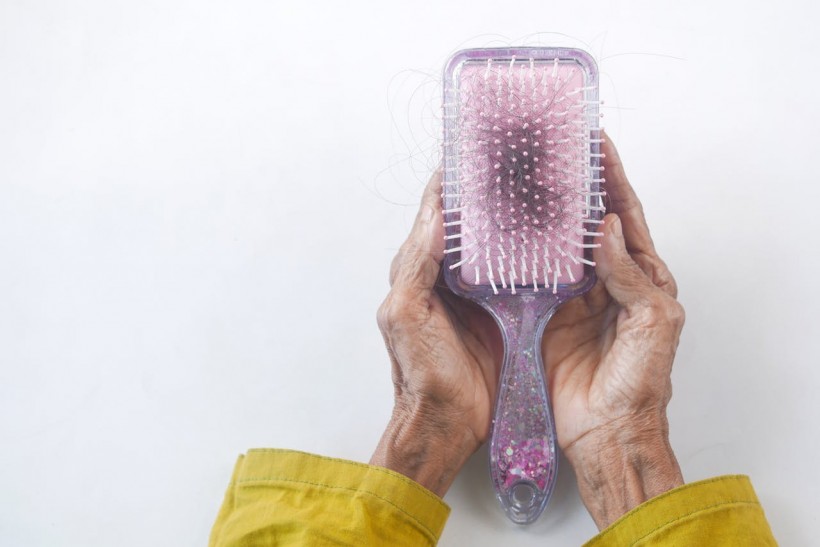While hair loss could be upsetting, a certain degree of hair shedding is actually considered normal. But before looking into this, let's first examine the hair cycle, which is necessary for hair growth.
Hair Cycle
Hair growth happens in four stages. This first stage is known as the anagen phase, which is when hair grows actively. This phase can persist for two to eight years. It is followed by the catagen phase, which happens right before the stop of hair growth. Moving forward, the telogen phase marks the stop of hair growth, while the exogen phase happens when hair ends up shedding from the follicle.
The catagen phase can take two weeks, while the telogen phase can persist for roughly three months.
Each follicle will go through this hair cycle around 10 to 30 times throughout a person's life. As the person ages, the growth phase ends up shorter, with fewer follicles staying in this phase.
ALSO READ: Werewolf Syndrome Explained: Why Some People Experience Excessive Hair Growth In Their Bodies
Average Hair Shedding and Increased Hair Loss
According to the American Academy of Dermatology, a person loses 50 to 100 hair strands daily. This is considered normal hair shedding.
It is essential also to note that not all hair shedding is considered actual hair loss. According to Dr. Lynn McKinley-Grant, an associate dermatology professor at the College of Medicine at Howard University, hair loss is hair breakage several times.
Hair breakage can occur due to excessive hair brushing or having styles that pull over the scalp. It may also result from certain styling routines or harsh products.
Alopecia
However, hair shedding that exceeds hair growth could signify alopecia, the medical term for hair loss. There are various types of alopecia, ranging from autoimmune disorders to hormone-induced hair loss.
Extreme emotional or physical stress, diet, autoimmune disorders, hormonal changes, scalp health, and certain medications could all impact the type and amount of hair loss. In most cases, several factors are at play.
For a specific alopecia known as telogen effluvium, some hair sheds suddenly across the whole scalp. This type of hair loss can result from bad flu cases, COVID-19, major surgeries, diabetes, chemotherapy, thyroid disorders, anemia, hormone fluctuations, and other health conditions.
McKingley-Grant also explains that as the body has limited available energy at any particular time, it may stop hair growth and use power for something else when a person is sick or stressed. People may not notice this until three to six months after more hair from the telogen phase falls out. In most cases, this hair ends up growing back.
Scalp health is also a factor, as scalp inflammations, such as those caused by psoriasis, could hamper hair growth. However, this could be treated. Other lesser-known conditions, such as seborrheic dermatitis, could also lead to inflammation. Since this induces itchiness to the scalp, scratching a person could lead to hair follicle damage.
Individuals with longer hair may also observe more hair shedding than those with shorter hair. This is simply due to how it is more conspicuous.
However, if one sees round bald patches, a thinner ponytail, or a receding hairline, this could be a call to get a checkup.
RELATED ARTICLE: Woman Develops Kidney Damage Three Times After Receiving Hair-Straightening Treatment in Salon; Doctors Link One of the Products to the Organ Injuries
Check out more news and information on Medicine & Health in Science Times.















